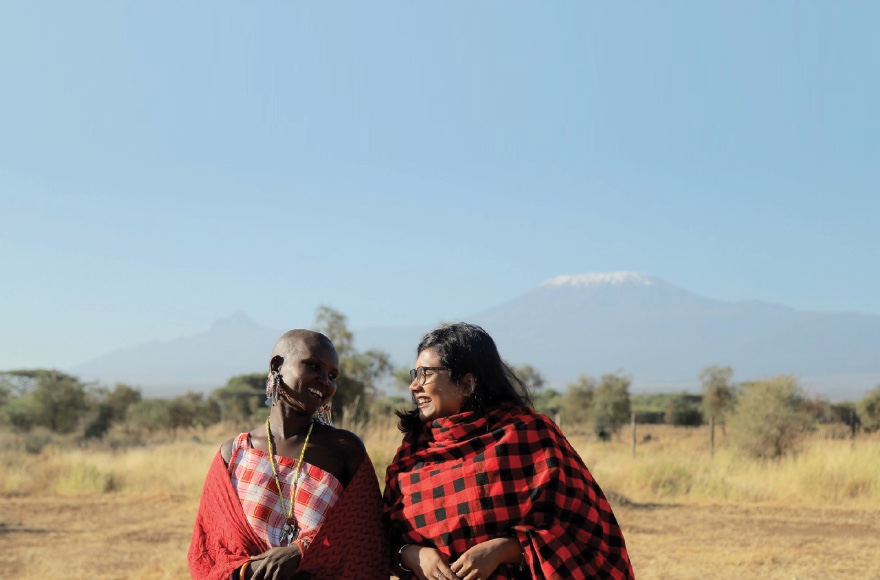Travelling to Festivals
Attending Festivals for many people is pure unadulterated joy. Whether it is amazing live theatre in Edinburgh, enjoying the delicious beer at Oktoberfest in Germany or observing the delicate beauty of cherry blossom
in Japan.
Every festival provides us with sights, sounds and smells to excite us, create thought provoking feelings or simply enchant us with inspirational visions.
Festivals have both social and economic angles. In the chaotic and stressful planet we inhabit, happiness is overshadowed by negativity and insecurity and so the need for something that could bring positivity has been felt time and again. Thus, festivals that give us the opportunity to forget all our worries and celebrate the positive side of life, even if it is for a few days, came into existence.
Festivals act like stress relievers and help us balance our emotions. More positivity naturally lowers negativity. It also provides an opportunity to reduce stress and brings estranged friends and relatives together in a positive and life affirming way.
EVENTS
Think of a festival like a giant themed party. It’s a place where thousands of like-minded travellers get together to celebrate the thing they love most, from electronic music to classical theatre, contemporary art and even films. The exhilarating, shared experience of a festival helps travellers connect to new people, new sights, and revelatory sounds, familiarising them with the place.
Festivals are one of the biggest reasons for visiting a destination during peak season. It’s inspirational when a town or city is in full bloom with a heady mix of locals, visiting performers, high-brow art and excitable tourists.
Festivals are a one-stop destination for full immersion in a particular genre or field of interest. For days at a time, travellers can immerse themselves in a variety of activities, performances, demonstrations, and exhibits related to a topic they love.
A gathering of likeminded souls is a particularly unique emotional experience. Naturally, celebration is the ultimate goal but international festivals serve as educational functions as well. These events are curated by experts and carefully coordinated months in advance. An international festival can be a springboard for learning about regional cuisine (oysters in Ireland or white truffles in Italy) or discovering local music and theatre.
Whilst visiting a festival location, there is an opportunity to also visit prominent architectural landmarks or public parks and gardens. Whatever your particular interest is, undoubtedly it will be a memorable experience so plan your trip around a visit to a summer festival.
Everyone wants to have a fun, unique experience while they are on holiday. One of the easiest ways to ensure that you will have an interesting trip is to plan around a local festival. Festivals offer a huge insight into the area’s culture and are a great way to try something unique and memorable.
There are many exciting reasons why you should plan a trip around a festival. If you are planning a holiday, consider these insights.
Festivals are Fun
One of the biggest reasons why people travel is to have fun and to enjoy experiences. A local festival can be the perfect reason to travel with friends. It does not matter if you are driving, using public transport or flying overseas – you know you will discover something exciting to do at a festival.
Visit a New Location
If you are planning around an event, you may be surprised by where your journey takes you. Many festivals are in cities you might not usually consider traveling to. You will learn and appreciate a lot about the local culture and leave with a new understanding of the area. Festivals provide significant insight into the people, history and dynamics of a city. There are numerous festival locations closer to home that can be easily overlooked. They equally can offer an amazing, thought provoking experience.
Experience Something
Unique
It is no secret that every city has something different to offer travellers. A trip to the La Tomatina festival in Spain is going to be nothing like the Burning Man gathering in the USA.
It is not essential to travel far to get a unique experience. Before selecting a festival, think about the things you like to do for entertainment. Then, look for festivals that offer these elements with a unique angle. This will allow you to create a truly unforgettable experience that you will really appreciate.
Meet New People
Festivals are a great way to meet new people. You will no doubt meet tourists and locals alike during your stay. This helps you to learn and absorb more about different cultures in your own country or around the world and form lifelong friendships. Your new companions may even have some helpful suggestions on how to enjoy the festival or the location.
Explore Somewhere New
One of the greatest aspects of travelling to a festival is that it doesn’t limit you to the usual tourist traps. While major cities like London, New York and Sydney host major festivals, it is surprising what smaller cities have to offer in terms of an incredible experience. Local festivals may be smaller in size, but they can provide some amazing, unforgettable moments.
Anna Wilton, 38 from London has attended festivals since her teens. ‘I love going to festivals. The feel good energy they produce is unbelievable. Music festivals in particular generate a vibe that runs through everyone there but other gatherings can produce a calmer, collective environment. There is a particular feeling you can only experience when a group of people who all love the same thing, are enjoying it together. That only makes a festival a unique experience. The memories I have made often keep me going when I feel a bit jaded so from a personal perspective, I have found visiting festivals a really positive part of my life.’
If you are starting to plan your next getaway, consider looking for a festival that appeals to you. There are a surprising number of unique locations and events for you to enjoy.















































